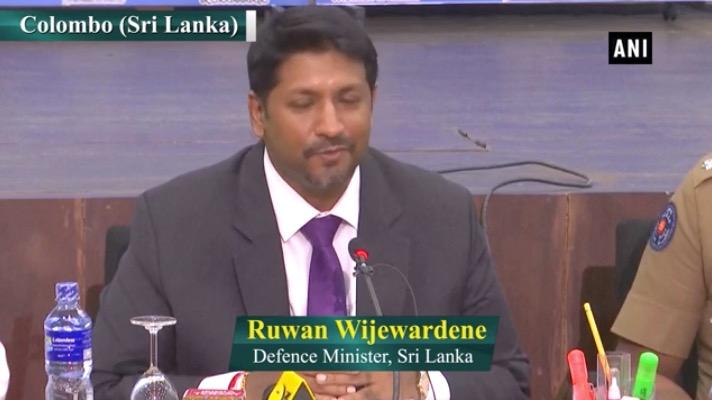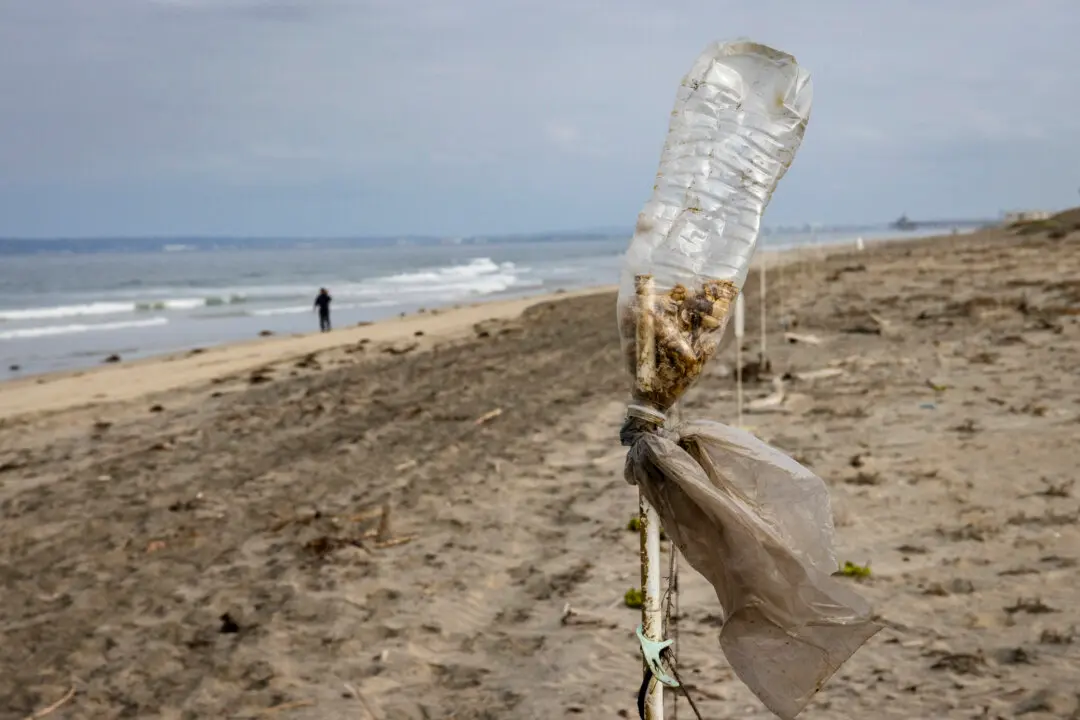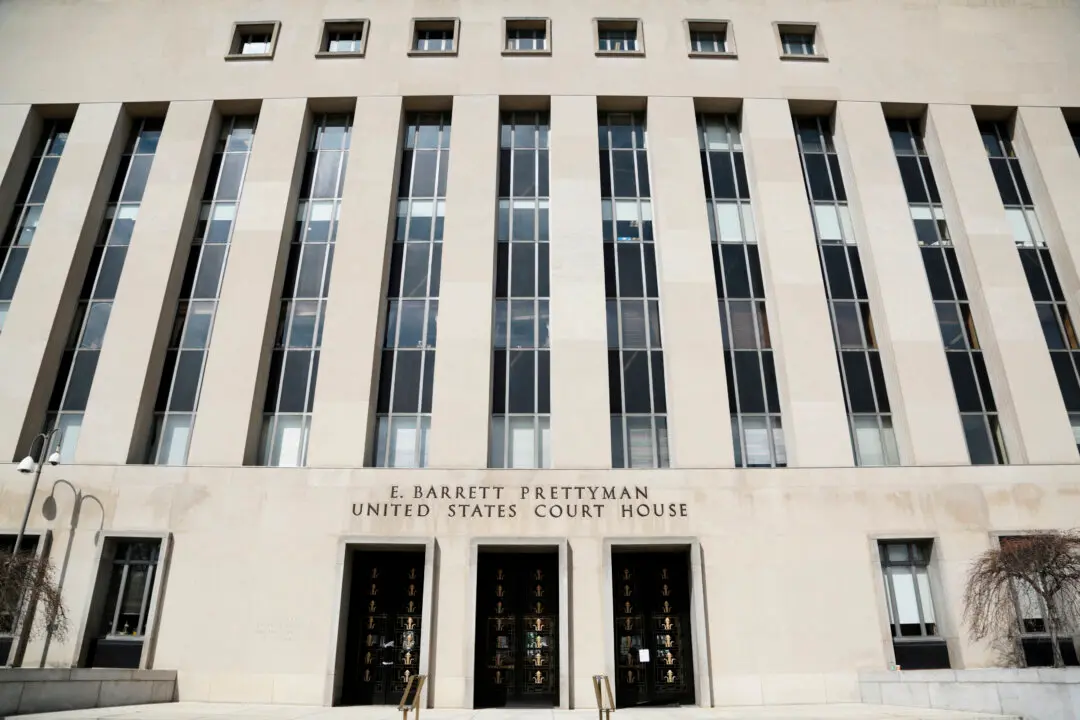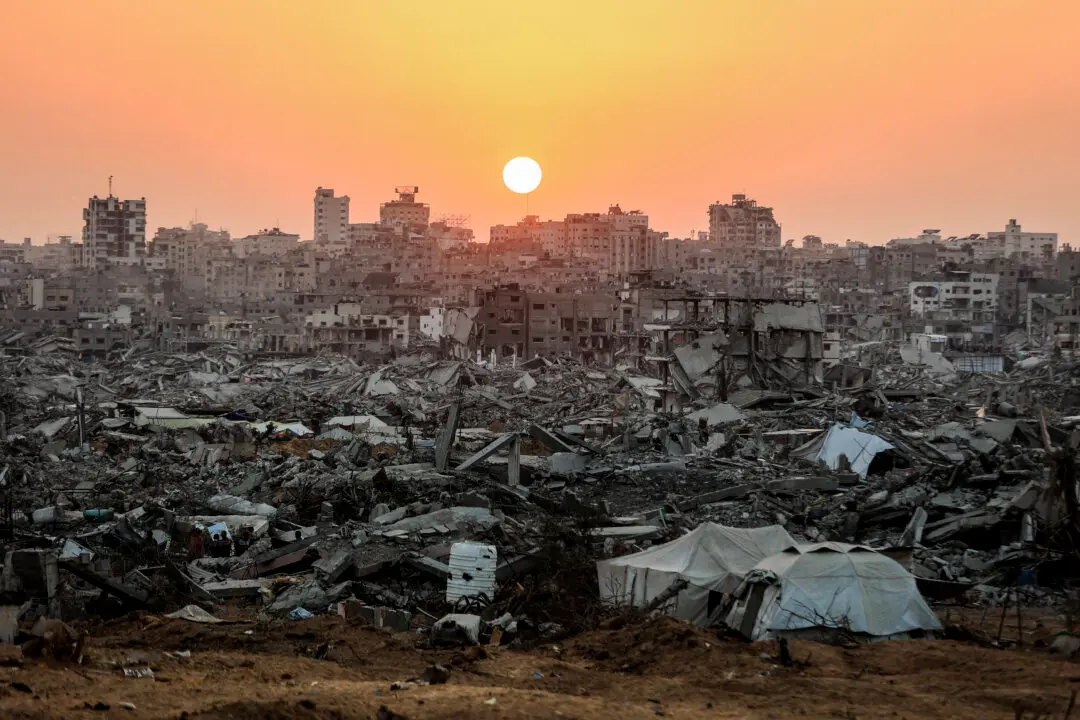Sri Lanka’s Minister of Defense, Ruwan Wijewardene, confirmed on April 24 that one of two Muslim brothers responsible for two of the hotel blasts on Easter Sunday received his higher education from western institutions, including a university in Australia.
Wijewardene told local media in a press conference on April 24 that one of the brothers is understood to have studied in the UK and then continued on with postgraduate studies in Australia.





